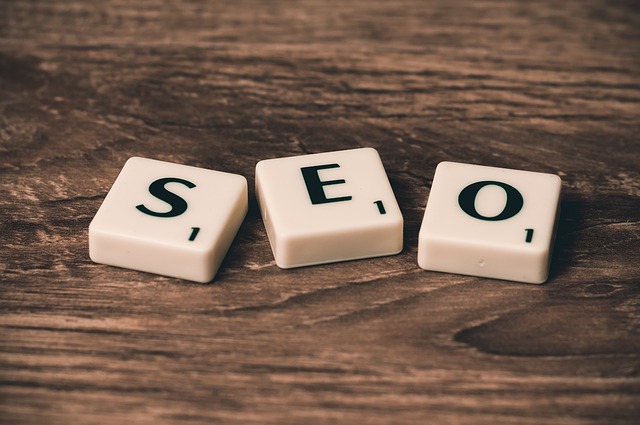Research shows that site owners often struggle with technical SEO. In this blog, you’ll find a list of the most common on-page, technical SEO and website issues — and how they can affect your search engine rankings.
1. Duplicate content
When you have duplicate content on your site, you’ll lose your capability to choose which page you’ll want to rank for. Search engines won’t know which pages you want to be considered landing pages in the search engine results pages (SERPs), and those pages may even start competing with each other. Both search engines and users highly appreciate unique content.
2. Missing ALT tags and broken images
Search engines put a heavy importance on user experience (UX), so if your images have no ALT tags, it can be a bad sign about the UX your site is providing. Broken images cause similar issues as broken links (discussed in point #5).
3. Title tag issues
Missing and duplicate title tags don’t provide search engines and users with relevant information about a page’s content, nor communicate about the value that a page provides. The length of your title tags matters because they affect how much of your titles are visible in the SERPs. Depending on the device being used, Google may show 70-71 characters, so your title tags should be within that range.
4. Meta description issues
Meta descriptions showing up in the SERPs help users decide whether to visit your site or not. They don’t influence page ranking directly, but they’re important because they influence page CTR.
5. Broken internal and external links
As your site grows and you update resources, one or two broken links might not be a problem. But if you have hundreds of them, that’s what makes broken links a potential danger. First, if users see a 404 page instead of the useful information they want, they might think your site is low quality, and it will cause a traffic dropdown. Another danger broken links cause is the risk of diverting Google bots’ attention from your pages – your pages won’t be crawled and indexed. In the long run, this issue can significantly reduce the number of your pages that will appear in the SERPs and impair page your site’s authority.
6. Low text-to-HTML ratio
This is often a sign of other SEO ranking issues you need to address, such as:
- A poorly coded site (has invalid code and excessive JavaScript, Flash and inline styling)
- Hidden text (which spammers do, so it’s considered a red flag)
- A slow site: The more code and script, the slower the page will load. (Page load is an important factor for SEO.)
Resolve this issue by checking any pages on which this warning appears and: (1) removing unnecessary code to reduce page size and increase speed, (2) moving inline scripts and styles into separate files, and (3) adding relevant on-page text where it’s necessary.
7. H1 tag issues
There should be just one H1 tag on any page, often for the title of the content. Even though by using the right HTML5 markup you can have more than one H1 on your page, header tags still create a useful hierarchy for both search engines and users. As much as possible, don’t overuse H1s and ensure that your H1s are consistent with your title tags without being identical.
8. Low word count
There’s no minimum word count for a page. On the other hand, Google ranks content with more depth higher, and longer content is one indicator of depth. So, do anything you can to give your content depth and make it more valuable for users.
9. Too many on-page links
Too many links can weaken the value of a page and send most of your web traffic away. But if those links are relevant and useful, your site will still rank well. Solve an on-page link issue by performing a link audit and making sure that all links on the page that are in question really add value — and get rid of the ones that don’t.
10. Incorrect language declaration
Including a language declaration on a page is important for declaring the default language of the text in the page. Google uses language declaration to ensure that the right people see the right content. This may not directly affect your SERPs, but remember that it will help improve your pages’ relevance score.
11. Temporary redirects
There’s a huge difference between permanent (301) and temporary (302) redirects in terms of SEO. A 302 redirect can cause search engines to continue indexing an outdated page while ignoring the page you’re redirecting it to. Google may recognise that a 302 redirect is permanent and change it into a 301, but to avoid poor optimisation and traffic loss, it’s better if you implement the 301 redirect for permanent changes.
These SEO issues are hurting the optimisation efforts of many sites. Not all of them impact your rankings equally, but you should remember that bad SEO isn’t always about a direct violation of the search engine rules — sometimes it results from being unable to take proper care of your site and users.
Image credits: SEMRush
Boost your marketing efforts with the help of Top4, an Australian social business and brand directory.

